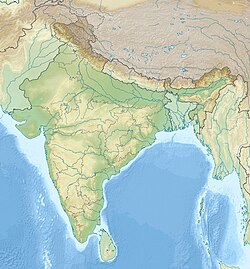| Battle of Farrukhabad | |||||||
|---|---|---|---|---|---|---|---|
| Part of the Second Anglo-Maratha War | |||||||
 Charge of 8th Dragoons at Farrukhabad | |||||||
| |||||||
| Belligerents | |||||||
| Commanders and leaders | |||||||
| Yashwantrao Holkar | Gerard Lake | ||||||
| Casualties and losses | |||||||
2 dead 20 wounded | |||||||
Location within Uttar Pradesh | |||||||
The Battle of Farrukhabad also called the Battle of Fatehgarh was an engagement during the Second Anglo-Maratha War between forces of the British East India Company and the forces of Yashwantrao Holkar of the Maratha Confederacy.

